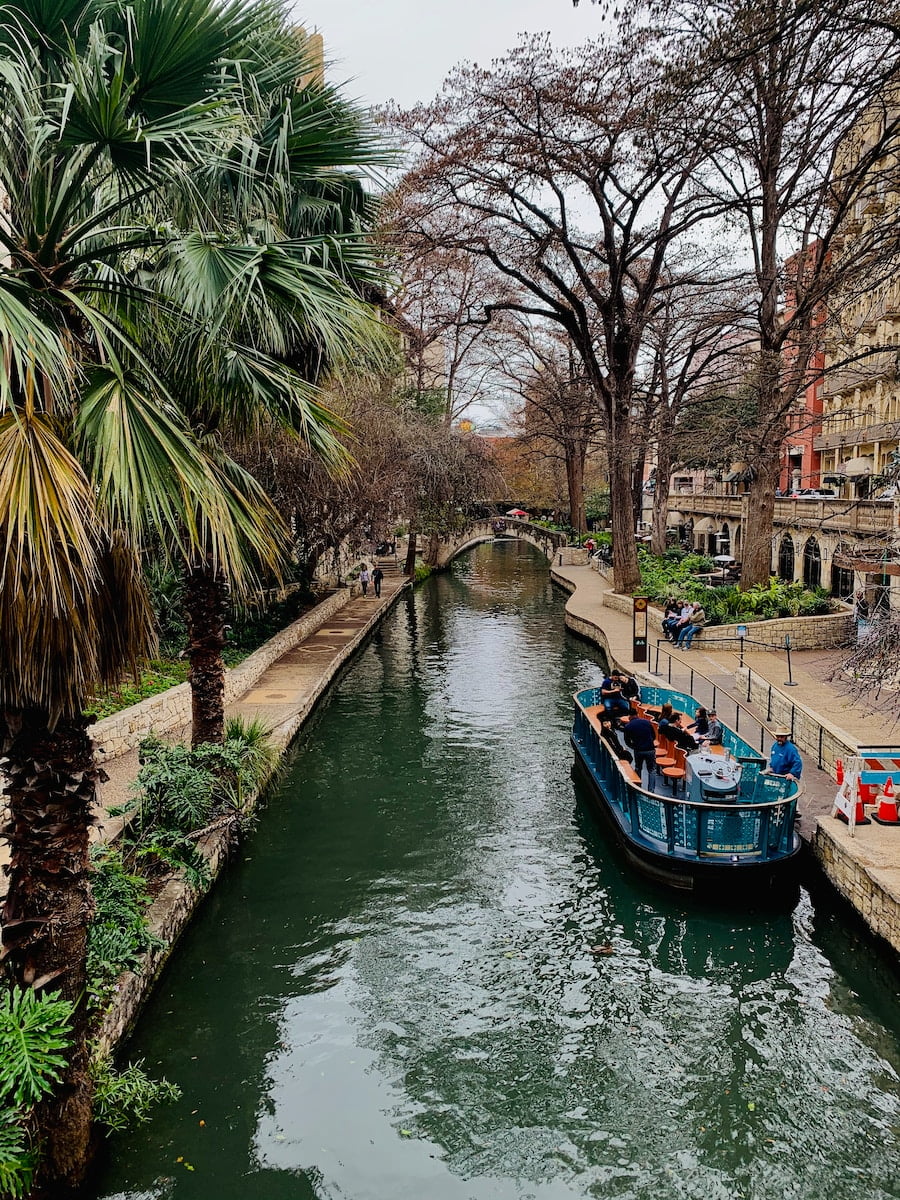San Antonio: A Rich Tapestry of History
San Antonio, Texas, is a city steeped in history. From its early Native American inhabitants to the Spanish colonization, to the battles of the Texas Revolution, San Antonio has played a pivotal role in shaping the state’s past and present. Today, the city is a diverse and bustling metropolis, attracting visitors from all over the world with its unique blend of culture, cuisine, and entertainment. In this article, we will explore the rich history of San Antonio and its significance in shaping the identity of Texas.
From the Alamo to the River Walk: Tracing the History of San Antonio(Opens in a new browser tab)

Early Inhabitants
Before the arrival of Europeans, San Antonio was home to several indigenous tribes, including the Payaya, Coco, and Karankawa. The earliest documented inhabitants of the area were the Coahuiltecans, nomadic hunter-gatherers who followed the migration of bison and other game. They lived in temporary settlements made of hides or brush and were skilled in hunting, gathering, and fishing.
In the late 1600s, the Spanish attempted to establish a mission in San Antonio to convert the Coahuiltecans to Christianity. However, due to the frequent raids by Comanche and Apache tribes, the mission was not successful until the 1700s.
Spanish Colonization
In the early 1700s, San Antonio became a vital hub for Spanish colonization. In 1718, Father Antonio de San Buenaventura y Olivares founded the first permanent settlement, San Antonio de Bexar, on the banks of the San Antonio River. The settlement quickly grew, with the construction of a presidio (fortress) and several missions, including the most famous of them all, the Alamo.
Discovering the Hidden Gems of Historic San Antonio(Opens in a new browser tab)
The missions, built to convert the indigenous people to Christianity, served as both religious and social centers. The most significant of these missions were San Jose, San Juan, Concepcion, and Espada. Their architectural designs and frescoes are still well-preserved today, and they are recognized as a UNESCO World Heritage site.
Mexican Independence and the Texas Revolution
In 1821, Mexico gained independence from Spain, and San Antonio was a part of the newly established Mexican state. However, in 1835, Texans revolted against Mexican rule, leading to the Texas Revolution. The Battle of Concepcion, which took place in San Antonio, was the first battle of the revolution. The famous Battle of the Alamo, fought in 1836, also took place in San Antonio, when Mexican forces laid siege to the Alamo, a former mission that had been converted into a fort. Despite the defeat, the battle became a symbol of Texas’ determination to achieve independence.
Top 10 Tourist Attractions in San Diego(Opens in a new browser tab)
After the Texas Revolution, San Antonio became the capital of the Republic of Texas. The city’s growth continued, fueled by the boom in cattle ranching, agriculture, and oil discovery. In 1846, Texas joined the United States, and San Antonio became the seventh-largest city in the country.
Modern San Antonio
Today, San Antonio is a thriving city of over 1.5 million people, with a vibrant culture and strong sense of history. The River Walk, a network of walkways along the San Antonio River, is a popular attraction, with restaurants, shops, and entertainment venues.
The Alamo, now a museum, remains an important symbol of Texas independence, and visitors can explore the ruins of the original mission and learn about its history. The city also boasts several world-class museums, including the Witte Museum and the McNay Art Museum.
San Antonio’s rich multicultural heritage is reflected in its cuisine, which is a blend of Mexican, Spanish, Tex-Mex, and Southern influences. The city’s most famous dish is the Tex-Mex breakfast staple, the breakfast taco, which can be found in almost every restaurant and food truck.
Top 10 Best Beaches in Texas for a Memorable Vacation Experience(Opens in a new browser tab)
FAQs
Q: What is San Antonio famous for?
A: San Antonio is famous for its rich history, including the missions, the Alamo, and the Battle of the Alamo. The city is also known for its diverse culture, cuisine, and River Walk.
Q: What are the top attractions in San Antonio?
A: The top attractions in San Antonio include the Alamo, the River Walk, the San Antonio Missions National Historical Park, the San Fernando Cathedral, and the Tower of the Americas.
Q: What is the best time to visit San Antonio?
A: The best time to visit San Antonio is during the fall and winter months, from September to February, when the weather is mild and the crowds are smaller.
Q: What is the River Walk?
A: The River Walk is a network of walkways along the San Antonio River that features restaurants, shops, and entertainment venues.
Q: Is San Antonio a safe city?
A: San Antonio is generally considered a safe city, but visitors should take the same precautions as they would in any urban area, such as being aware of their surroundings and avoiding unfamiliar areas at night.





